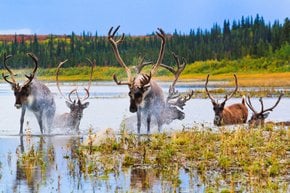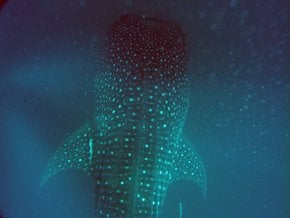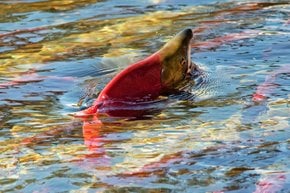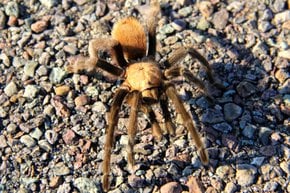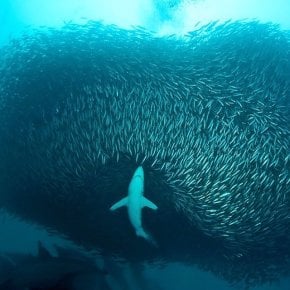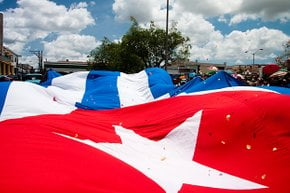Monarch Butterfly Migration in Cuba 2026
The famous Monarch butterflies migrate every year to warmer places, such as Cuba, to mature
Best time: September–November
Migrating long distances from North America to Central America and the Caribbean region, Monarch butterflies are challenged by winds, cold, climate changes, and many other obstacles. It is astonishing how such gentle creatures survive journeys like these.
More About Monarch Butterflies
The Monarch butterfly (Danaus plexippus) is easily recognized by its striking orange wings, marked with black veins and bordered by two rows of black spots. This vibrant coloration serves as a warning to predators, signaling the butterfly’s unpalatable taste. With a wingspan averaging 90 to 100 mm (about 4 inches), the Monarch is one of the larger butterfly species. Its caterpillar is also distinctive, featuring vertical stripes in black, white, and yellow-green. Monarchs are primarily found in North, Central, and South America but have also established populations in Australia, Hawaii, India, and other regions. There are several subspecies of Monarchs, including the endangered Danaus plexippus plexippus, a migratory subspecies mainly found in North America and occasionally on Caribbean islands.
Best Time to Observe
Between September and November, Cuba sees an increase in the population of Monarch butterflies, as migrants from North America arrive to escape the harsh winter conditions up north. Although the Monarch is a relatively scarce resident on the island, this period offers an excellent opportunity for observation.
Best Places to See The Monarch Butterflies
Everyone can visit Cuba and see these little heroes in San Antonio de los Banos, Topes de Collantes, Zapata Swamp, and Guanahacabibes Peninsula. These are the major spots where you can find the Monarch butterflies and enjoy their unforgettable beauty.
Topes de Collantes
Topes de Collantes Nature Reserve spans the lush, jungle-covered slopes of the Escambray Mountains in southern Cuba. This area is known for its numerous waterfalls and refreshing swimming holes, offering an ideal escape from the Cuban heat as well as witnessing the monarch butterflies.
Zapata Swamp
Zapata Swamp, situated on the Zapata Peninsula in southern Matanzas province, Cuba, is a premier destination for birding enthusiasts. Covering more than 6,000 km², it stands as the largest protected area in both Cuba and the Caribbean. Renowned for its vastness, the swamp is also celebrated as the best-preserved wetland in the entire Antilles region.
Guanahacabibes Peninsula
Guanahacabibes Peninsula, the westernmost point of Cuba, is located in Pinar del Río Province within the municipality of Sandino. The peninsula and its national park are part of the Guanahacabibes Peninsula Biosphere Reserve, established by UNESCO in 1987. This 31,066-acre (12,572-ha) reserve safeguards the mangroves, wildlife, and woodlands of the region. It is a remote and secluded area, with the nearest significant town, Pinar del Río, situated two hours away by car.












